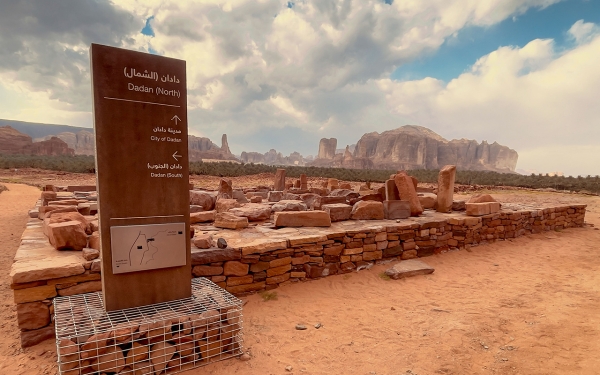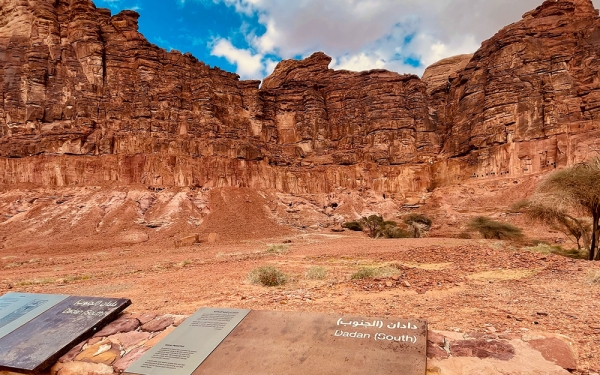

The Lihyanite Statue is a massive stone statue discovered in the Kingdom of Saudi Arabia. Its history dates back to the Kingdom of Lihyan, which settled at the Dadan site in al-Ula Governorate, northwest of the Kingdom, from the fifth century to the second century BC. The statue is on display at the Louvre Museum in the French capital, Paris. According to an announcement made on September 7, 2022, an agreement was signed between the museum and the Royal Commission for al-Ula Governorate for five years.
It is a statue made of sandstone, weighing about eight hundred kg, and exceeding two m in length. The statue displays signs of erosion it has undergone over various periods. It also showcases the intricate details of human creativity in sculpture, encompassing specific features that are classified as characteristics of the Lihyanite school of sculpting.
Discovery of the Lihyanite Statue
The Lihyanite Statue was discovered by the archaeological team of the Dadan Project, which is responsible for excavations in al-Ula Governorate. The project is one of the initiatives representing local and international partnerships established by the Royal Commission for al-Ula Governorate with relevant entities. This project is a collaboration with the College of Archaeology at King Saud University, the French National Center for Scientific Research, and the French Center for al-Ula Development.
The statue was transported according to the best international practices to ensure its safety, in collaboration with specialists and experts in conservation and restoration. The conservation and restoration process included on-the-job training for Saudi personnel, transferring professional expertise to them. This involved strengthening the statue and preparing it for transport.
Related quizzes
Related articles

